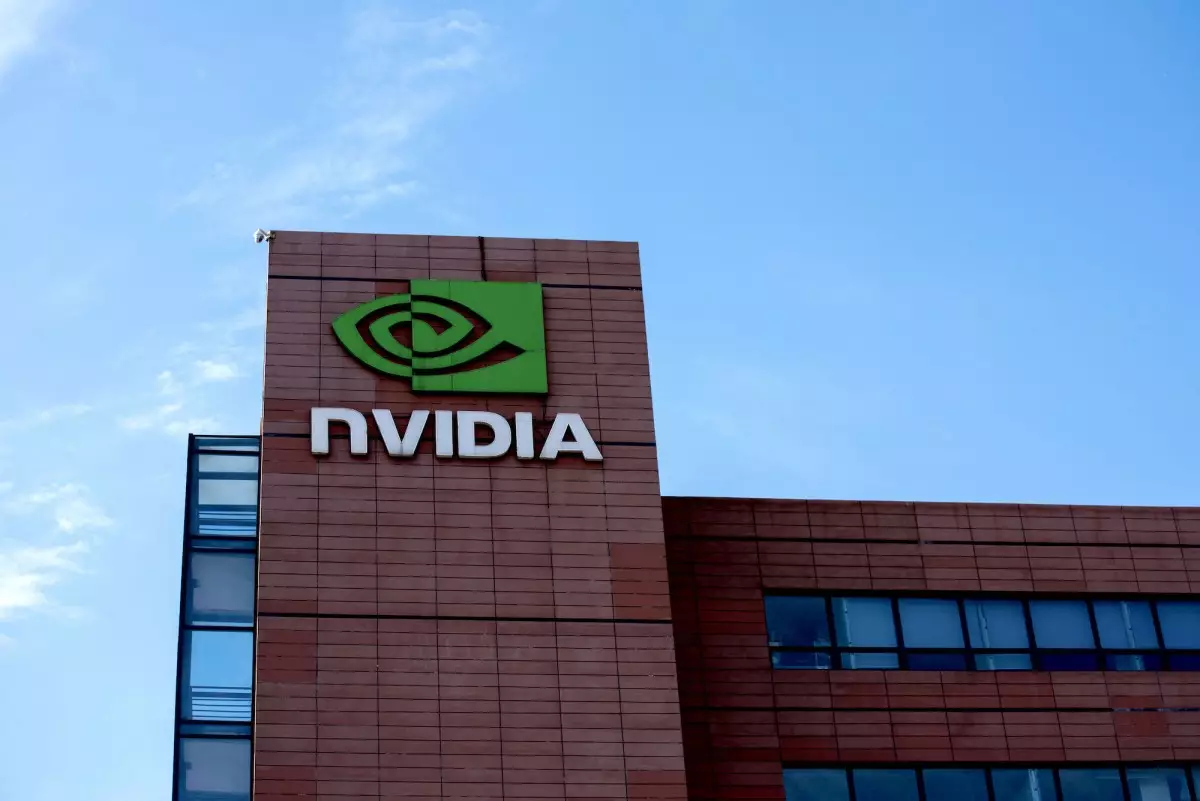In the ever-evolving sphere of artificial intelligence, politics and technology often intertwine in complex ways. A recent development in the semiconductor industry underscores this reality, as Nvidia’s CEO Jensen Huang appears to have navigated a labyrinthine political landscape to secure the future of his company’s flagship AI chip, the H20. This chip, heralded for its capabilities, faced potential export restrictions that threatened Nvidia’s competitive edge—especially regarding the rapidly advancing Chinese AI sector.
Nvidia’s H20 chip is more than just a piece of technology; it is a representation of the global power struggle in the AI industry. Despite being modified to exhibit lower performance than its predecessors, the chip has found a role in powering Chinese initiatives, such as DeepSeek’s R1 model. Designed to compete against the likes of OpenAI, R1 has intensified fears in Washington regarding the U.S.’s dominance in AI technologies. Consequently, the stakes surrounding the H20 chip became increasingly pronounced, culminating in Huang’s pivotal dinner with former President Donald Trump at Mar-a-Lago, where a reported trade-off emerged.
The Pragmatism Behind Negotiation
Huang’s proposal to invest in new AI data centers within the U.S. in exchange for leniency on the H20 exports illustrates a strategic maneuver that prioritizes logistical practicality over inflexible nationalism. This decision couldn’t simply be chalked up to corporate greed; it reflects a calculated bet on fostering an environment for sustained technological growth. Nevertheless, the optics of a company like Nvidia retaining access to Chinese markets raises eyebrows, especially when juxtaposed with the Trump administration’s supposed efforts to fortify American dominance in AI technology.
Critics argue that this diplomatic dance undermines the very goals the administration espouses—namely, to secure U.S. superiority in this crucial industry. However, the practicalities of an interconnected global economy and the competitive threats posed by China can complicate ideological adherence. Nvidia has thrown itself into the fray of Trump’s “America First” ideology, while simultaneously walking a tightrope that all companies in the sector must tread: balancing innovation and profitability against geopolitical realities.
Policy Conflicts and Industry Reactions
The juxtaposition of the recent deal and the ongoing Biden-era export rules paints a confusing picture of U.S. semiconductor policy. The export restrictions, which were labeled “unprecedented and misguided” by Nvidia, suggest that innovation might be sacrificed at the altar of political maneuvering. The tech community remains concerned that such a fragmented policy landscape may hinder global innovation and hamper the ability of American companies to stay competitive in an expanding international market.
Moreover, the narrative isn’t just about Nvidia. Other players in the AI space have similarly aligned themselves with the Trump administration’s objectives, seeking to align their investments with the national priority. OpenAI’s collaboration with SoftBank and Oracle, which bestowed a staggering $500 billion commitment towards a data center initiative, exemplifies this trend. Meanwhile, Microsoft is set to invest $80 billion, allocating half of that for U.S. data centers in its upcoming fiscal plans.
These large financial commitments signal a willingness among tech firms to adapt to political currents, even when those currents seem contradictory. The irony remains that while the parties champion initiatives to boost domestic infrastructure and competitiveness, their actions may inadvertently empower potential adversaries.
The Road Ahead for AI and Global Cooperation
As the competition heats up, the delicate balance between ensuring national security and fostering an environment conducive to innovation will become increasingly fraught. Nvidia’s experience serves as a microcosm of the broader challenges the industry faces. Huang’s strategic negotiations and financial commitments may well imbue Nvidia with a crucial advantage, at least in the short term, while illustrating the unpredictability of U.S. economic policy.
Moreover, the implications stretch far beyond just Nvidia; companies globally may find themselves similarly enmeshed in negotiations with governmental authorities as they scramble to retain their strategic positions. In an era where technological advancements rely heavily on collaborative frameworks—not merely competitive isolation—sowing the seeds of innovation without undermining geopolitical stability may prove to be the tightest rope most firms will tread.
In summation, while Huang may have secured a place for Nvidia in the race for AI dominance, the broader implications challenge the very foundations of U.S. trade policy. As this landscape unfolds, the path towards AI innovation may require a careful recalibration of priorities, compelled by the inescapable reality of a complex global market.

